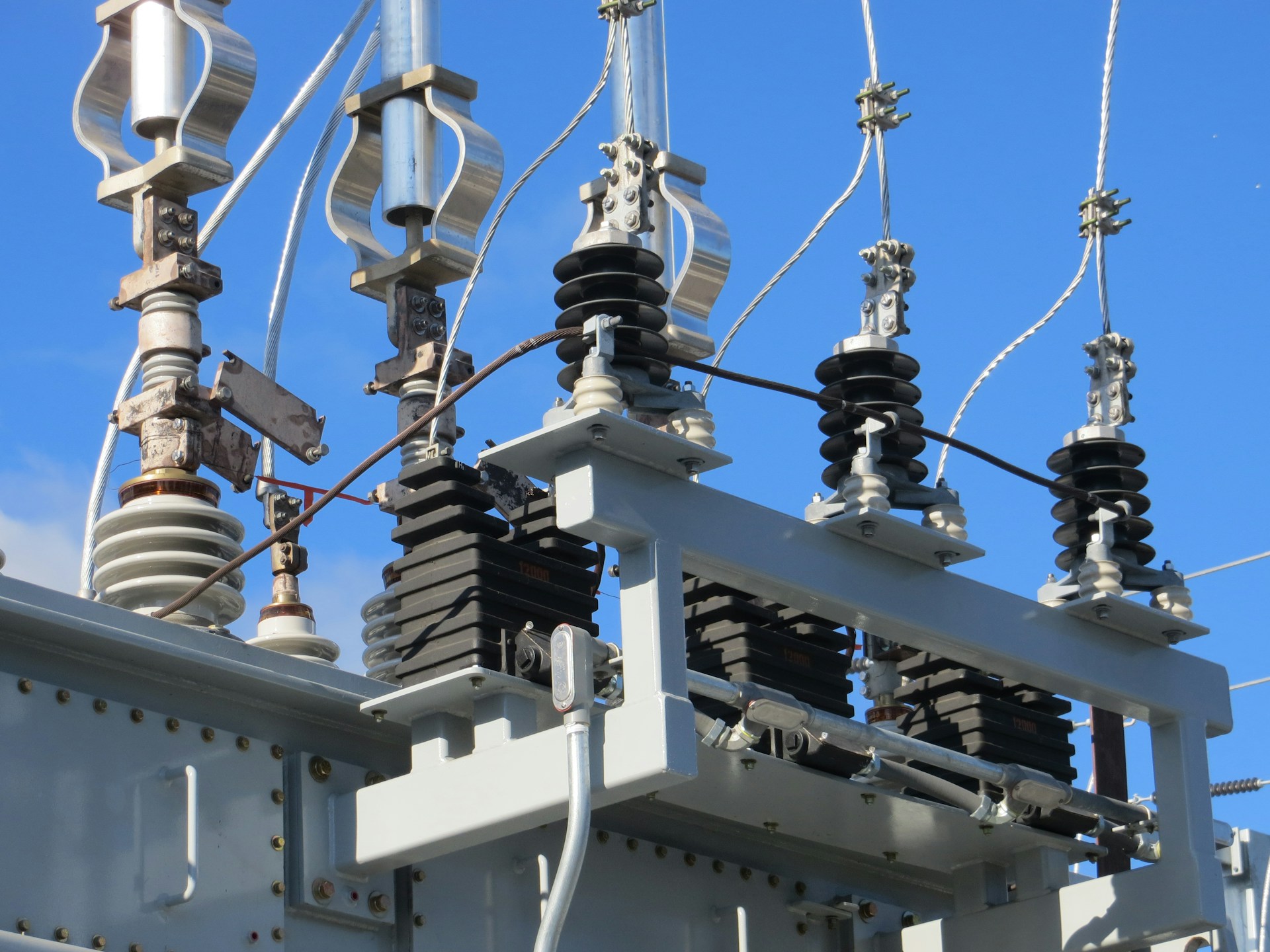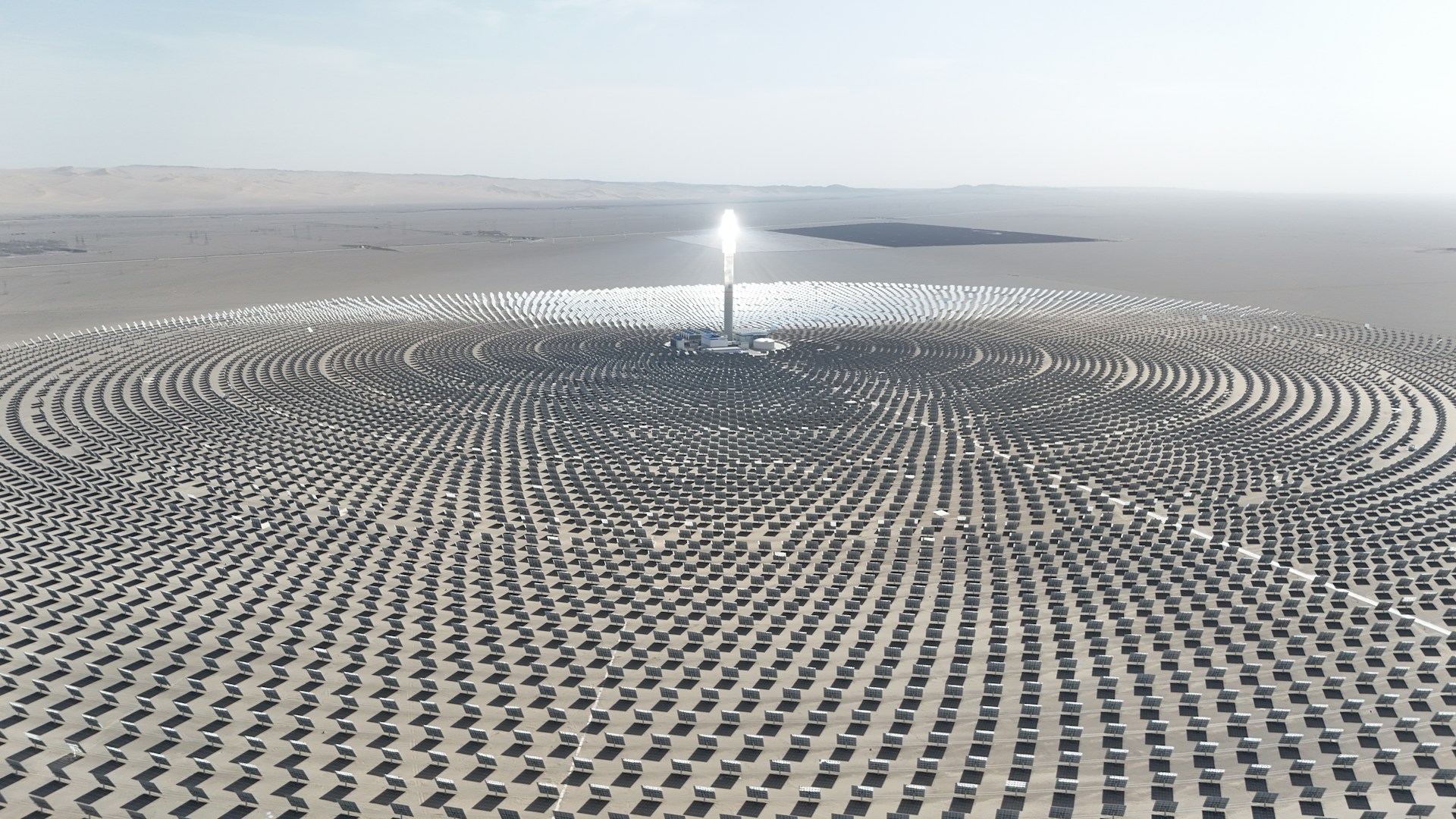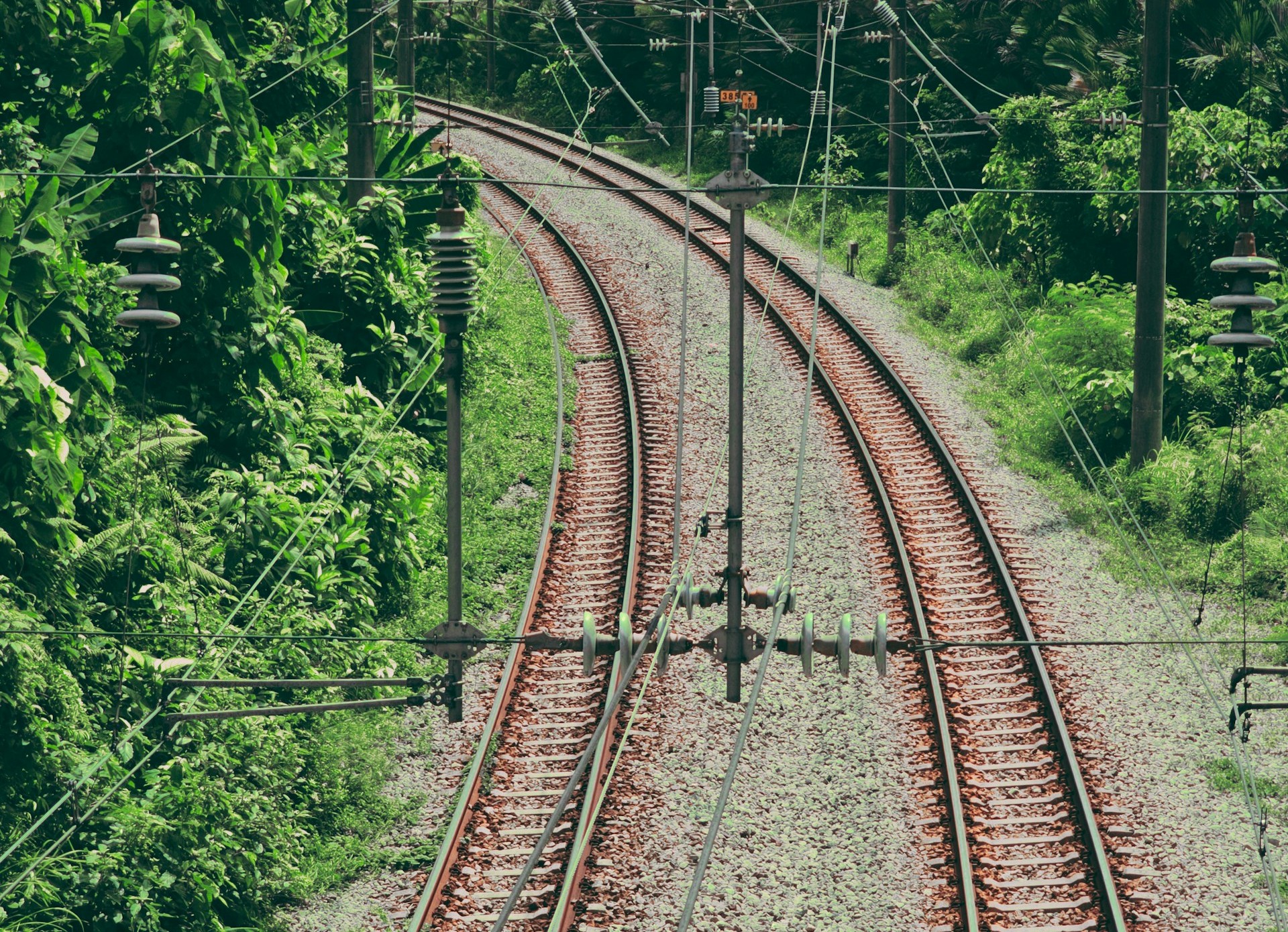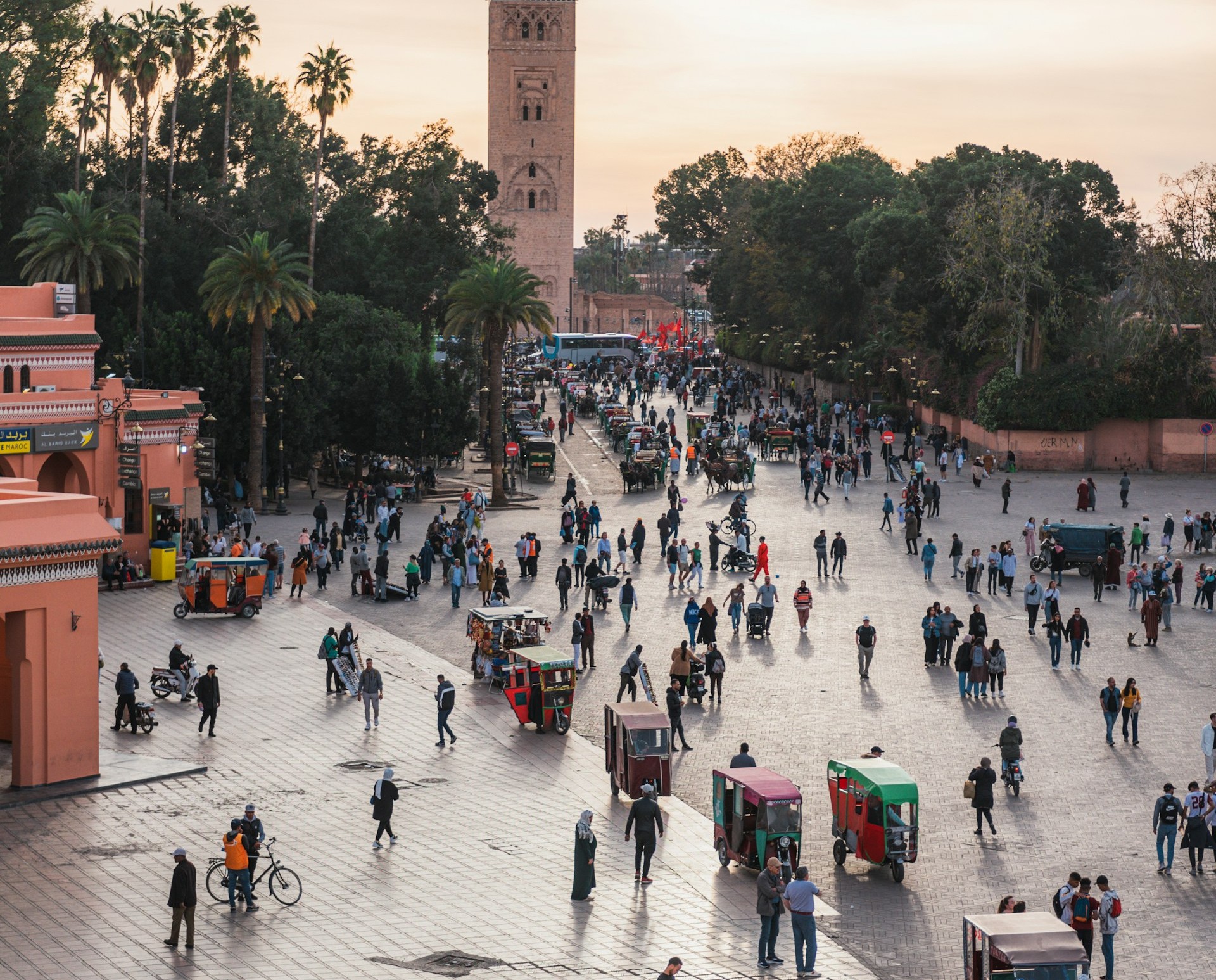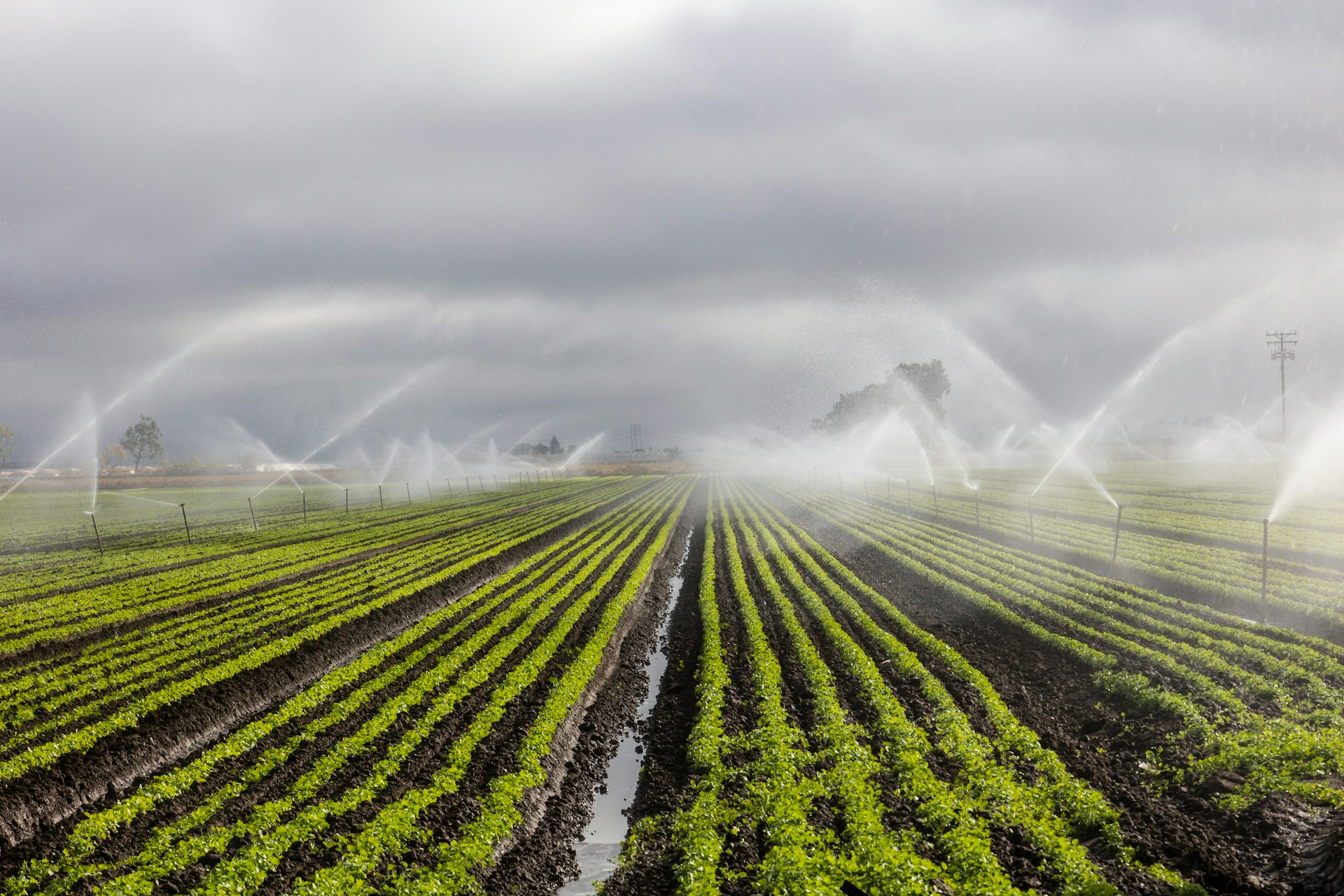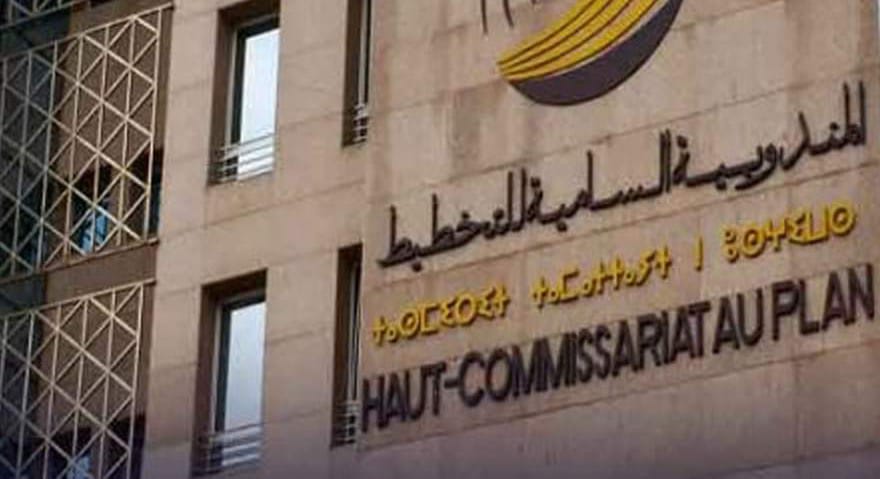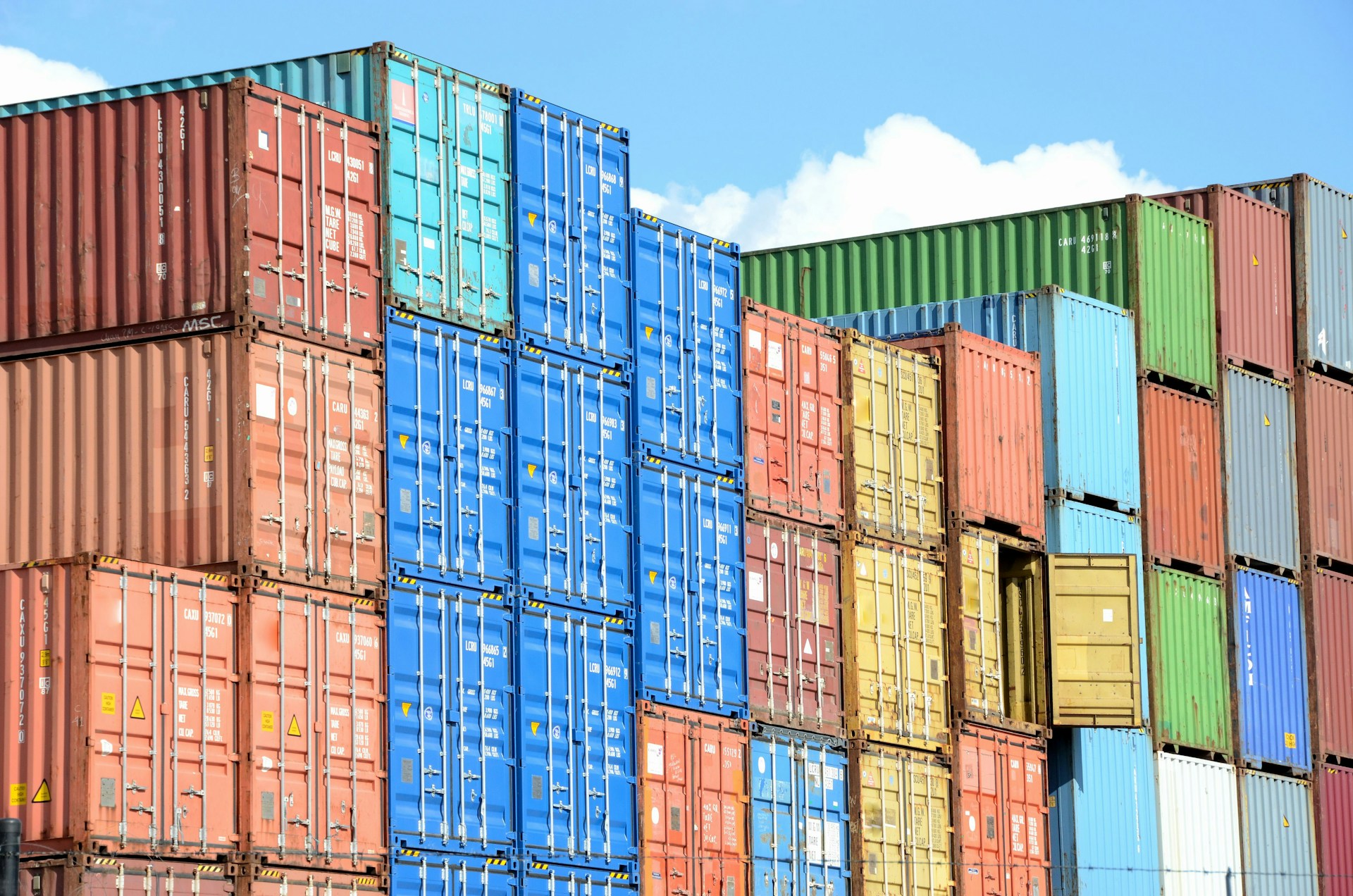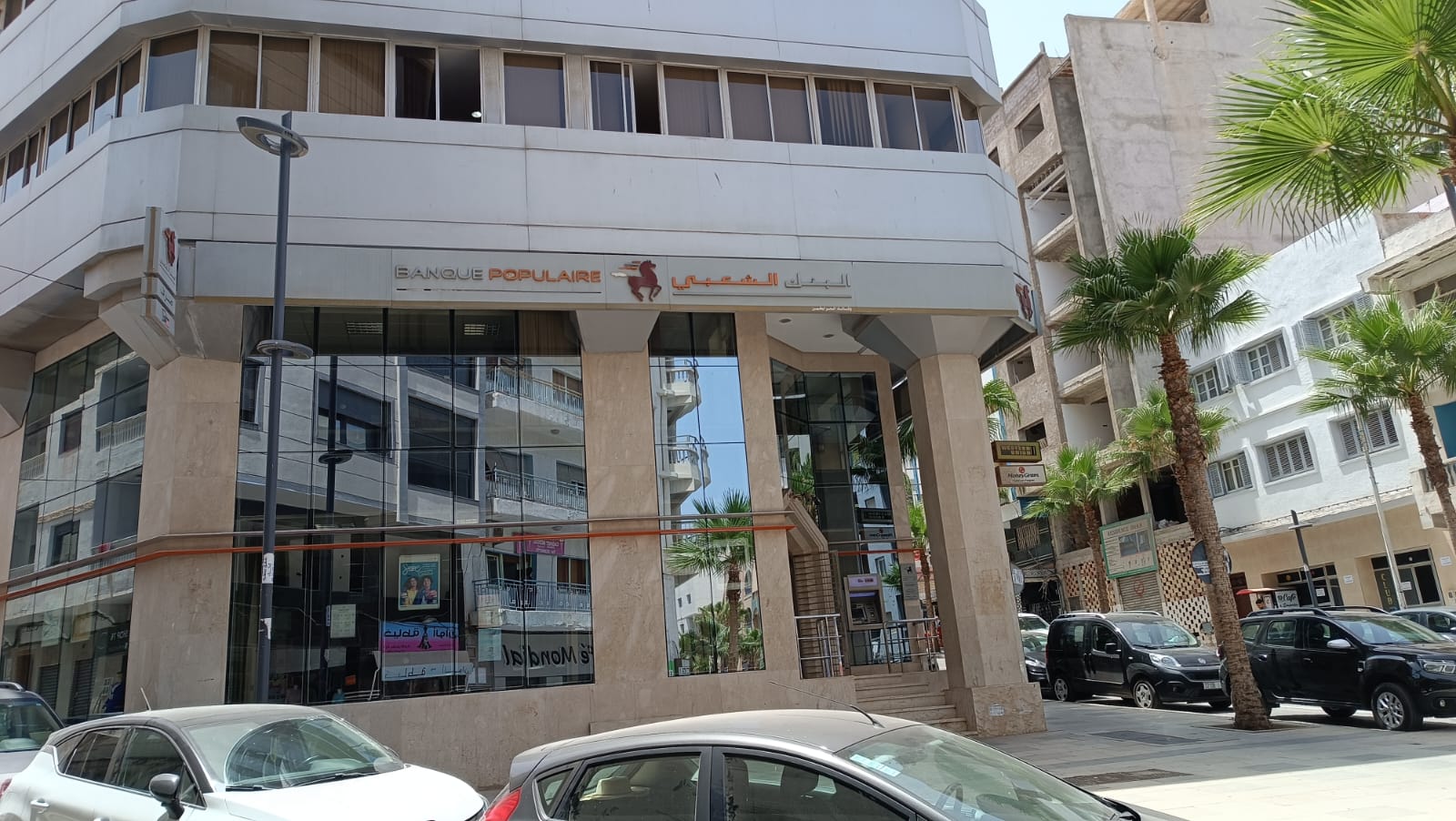Casablanca – After more than a year of technical shutdown, the Noor Ouarzazate III solar power plant—one of Morocco’s flagship renewable energy projects—has officially resumed operations. The Moroccan Agency for Solar Energy (Masen) confirmed the reactivation of the plant on April 21, 2025, following extensive technical repairs and enhanced safety evaluations. This marks a significant step forward for the country’s ambitious transition toward sustainable energy production.
A critical technical challenge
The plant was taken offline in February 2024 after a leak was discovered in the hot molten salt tank—an essential component for storing thermal energy. Noor III, which uses concentrated solar power (CSP) technology, relies on molten salts heated to extreme temperatures (up to 565°C) to store heat and generate electricity even after sunset. The leak disrupted this crucial process and necessitated a complete shutdown for safety and repair.
Due to the harsh thermal and mechanical conditions the tank endures, repairing the system was no simple task. Masen and its technical partners launched a high-level intervention, combining advanced engineering solutions and meticulous safety protocols to restore the plant to working condition.
A controlled return to service
The process of recommissioning Noor Ouarzazate III followed a rigorous, step-by-step plan. This included targeted technical operations, enhanced inspection routines, and extensive system testing to ensure optimal performance. Every phase was carried out in strict adherence to international safety and quality standards, reflecting a strong focus on reliability and long-term efficiency.
In addition to repairing the original molten salt tank, Masen has begun constructing a second tank with an improved design. This addition will serve to strengthen the plant’s resilience and provide backup capacity, reducing the likelihood of future extended shutdowns.
An engine for clean power
Noor Ouarzazate III, operational since 2018, is part of the larger Noor Solar Complex in the Ouarzazate region—one of the most prominent solar power installations in the world. The plant uses heliostat mirrors to concentrate sunlight onto a central tower, where the heat is transferred to molten salts for storage and later conversion into electricity. This allows the plant to continue generating power long after the sun has set, addressing one of the key limitations of conventional solar energy systems.
With its return to operation, Noor III is once again making a vital contribution to Morocco’s renewable energy grid. It plays a key role in reducing dependence on fossil fuels, cutting greenhouse gas emissions, and enhancing energy security in a country where demand continues to grow steadily.
Supporting Morocco’s green vision
The restart of Noor Ouarzazate III aligns with Morocco’s national energy strategy, initiated in 2009, which aims to increase the share of renewables in the national electricity mix to over 52% by 2030. The Noor Solar Complex as a whole has a combined capacity of around 580 megawatts and integrates multiple technologies, including photovoltaic and solar thermal power, offering diversity and flexibility.
Leila Benali, Morocco’s Minister of Energy Transition and Sustainable Development, emphasized the importance of the Noor complex in a recent statement. She noted that the facility has not only strengthened Morocco’s global leadership in renewable energy but also enabled the country to build expertise in operating and maintaining advanced energy infrastructure. This knowledge, she explained, is proving instrumental in guiding future projects and managing the financial, technical, and operational risks associated with large-scale renewable energy development.
Looking forward
As the climate crisis intensifies and the global call for clean energy grows louder, projects like Noor Ouarzazate III demonstrate that renewable energy is not just a goal—it’s a reality that can be sustained, even in the face of technical setbacks. The successful recommissioning of the plant serves as a reminder of Morocco’s determination to lead by example in the energy transition.
With additional infrastructure upgrades already in progress and new renewable projects on the horizon, Morocco is on a steady path toward a more sustainable and independent energy future. The return of Noor III isn’t just the recovery of a power plant—it’s the reaffirmation of a national vision built on innovation, resilience, and environmental responsibility.





